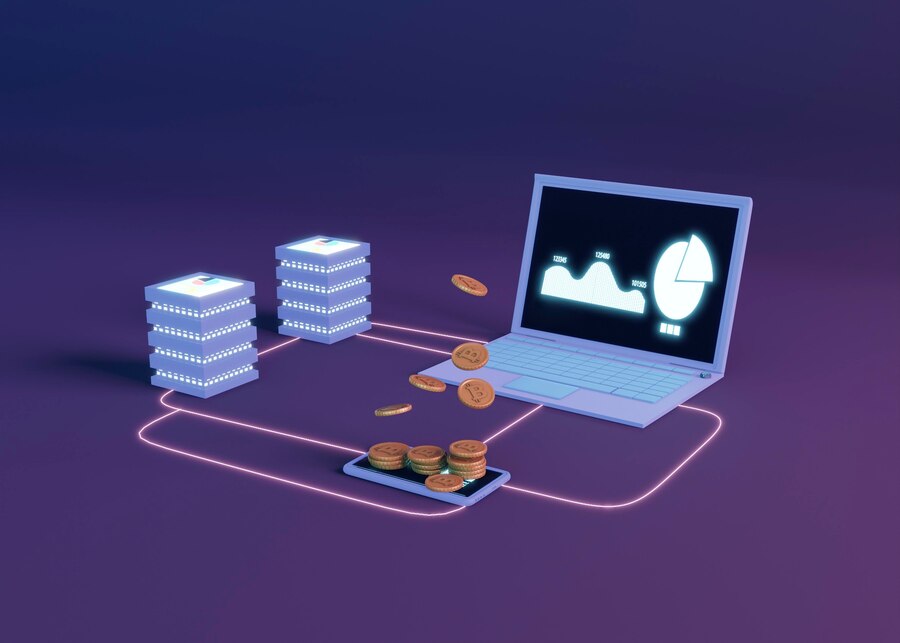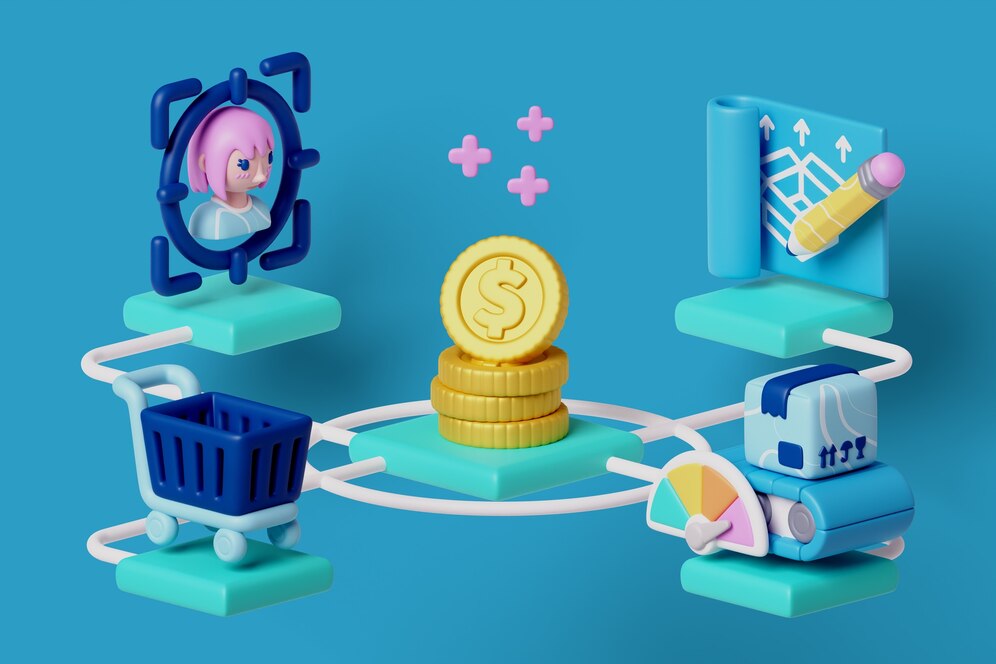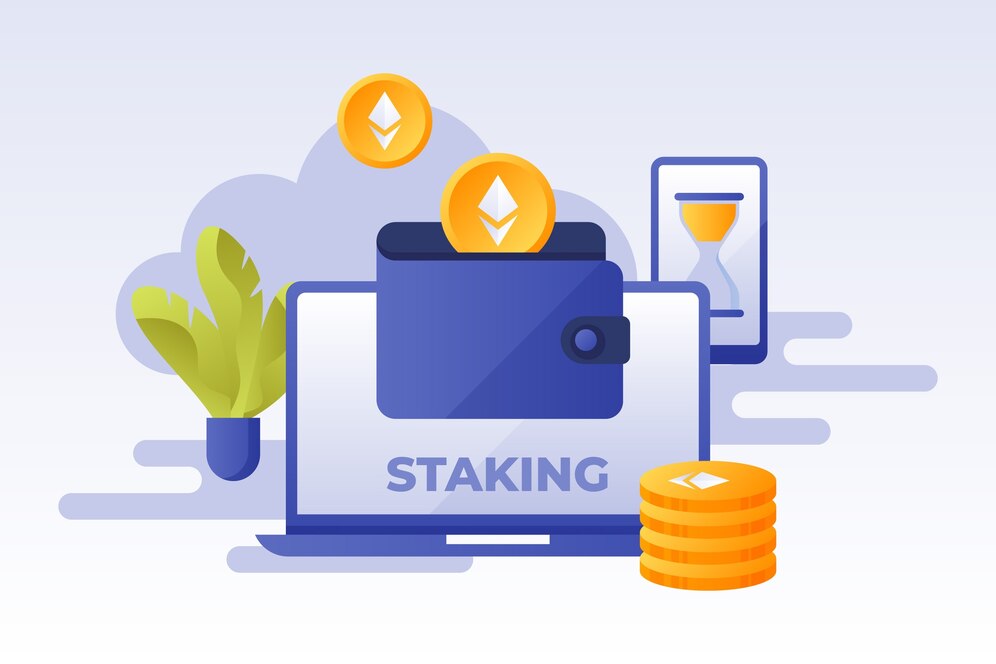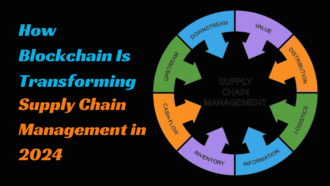Everything You Need to Know About Digital Asset Staking
In the burgeoning world of digital assets, staking has emerged as a sought-after practice for both newcomers and seasoned veterans of the cryptocurrency realm. But what does it mean to stake digital assets? And why has it gained so much attention? Read on to unravel the ins and outs of this fascinating facet of the cryptocurrency world.
What is Digital Asset Staking?

Staking, in simple terms, refers to the act of holding a certain quantity of cryptocurrency in a digital wallet to support the operations of a network. By doing so, participants get rewarded, making it somewhat analogous to earning interest on savings in traditional banking.
The underlying technology behind this is the consensus mechanism, specifically Proof of Stake (PoS) and its variations. Unlike Proof of Work (PoW) where miners solve complex mathematical problems to validate transactions and create new blocks, PoS relies on participants to show ownership of a certain number of tokens to be considered for the creation of a new block.
Benefits of Staking
One of the primary attractions of staking digital assets is the potential for returns. Just like a savings account offers interest for the money deposited, staking provides rewards for users who lock up their assets. This offers a passive income avenue, especially in a volatile market where trading might seem risky to many.
Beyond the monetary appeal, staking also has environmental implications. Traditional mining, especially with cryptocurrencies like Bitcoin and Ethereum, consumes a significant amount of energy. PoS and its variants, on the other hand, are much more energy-efficient, making staking a greener choice. As concerns over the environment grow, this feature might give staking an edge over traditional mining methods.
Understanding the Risks and Considerations

While staking holds promise, it’s imperative to approach it with a clear understanding of the potential pitfalls. For starters, the volatile nature of cryptocurrency prices can’t be ignored. If you’ve staked a digital asset and its value plummets, the subsequent rewards might not cover the losses. Take, for instance, ETH staking rewards. While they offer a lucrative incentive for many participants, if Ethereum’s market value drops substantially during the staking period, your overall returns might be less than anticipated.
In addition to market volatility, liquidity is another crucial aspect to ponder. Once you decide to stake your digital assets, they’re typically locked in for a specified period. This lock-in means you’re momentarily relinquishing the ability to sell or trade those assets, even if a favorable market scenario arises. Before committing, it’s essential to ensure you’re at ease with such terms and fully grasp the staking conditions of the platform in question.
Choosing the Right Platform for Staking
Deciding where to stake is just as crucial as the decision to stake. Various platforms and wallets support staking, each with its nuances, rewards, and security measures. Research is key. It’s recommended to explore platforms known for their security, transparency, and user reviews. Often, staking directly through a cryptocurrency’s official wallet or a reputed third-party platform ensures better security and support. Remember, your digital assets are valuable; where you decide to stake them can significantly impact your rewards and overall experience.
Staking Strategies: Maximizing Returns
Just holding and hoping isn’t a strategy. Savvy stakeholders often employ tactics to maximize their returns. Some might diversify, staking across multiple cryptocurrencies to spread risk. Others might reinvest their staking rewards, capitalizing on the power of compound interest. Understanding market cycles can also provide an advantage, allowing stakeholders to time their investments for maximum reward potential. While no strategy guarantees success, informed decisions can tilt the scales in your favor.
The Future of Digital Asset Staking
The crypto landscape is ever-evolving, and staking is no exception. As more cryptocurrencies adopt the PoS mechanism, the opportunities for staking will multiply. Innovations like Ethereum 2.0 and the move towards more energy-efficient consensus mechanisms signal that staking is not just a passing trend but a mainstay in the crypto ecosystem. Furthermore, as regulatory bodies around the world start to understand and integrate digital assets into the broader financial ecosystem, the processes and protections around staking will likely become even more robust.
Final Analysis
Staking digital assets offers an enticing blend of potential rewards and active participation in the crypto realm. While it comes with its share of challenges and risks, an informed and strategic approach can make it a rewarding endeavor. As the digital asset world continues to mature and evolve, staking stands as a testament to the innovative ways in which the crypto community seeks to incentivize participation and grow networks. Whether you’re a seasoned investor or a curious newcomer, understanding staking is a step forward in your digital asset journey.

















